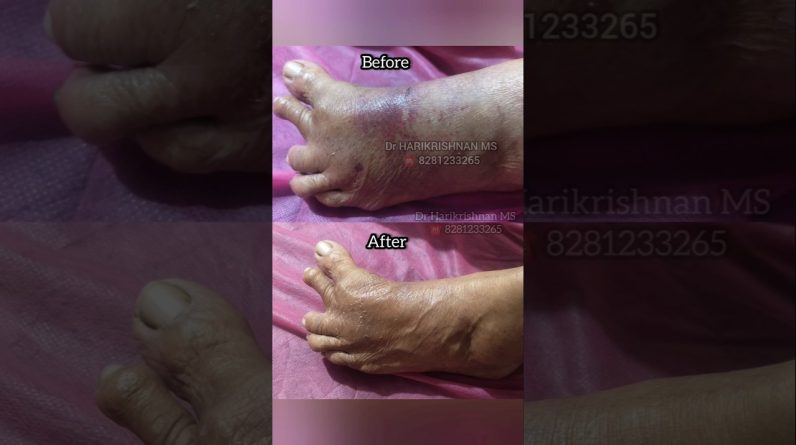Ingredients in facial cleansers/what is my skin type/Dry/oily skin/acne/Sensitive skin/ctm/skin care.
Here is my channel link:
youtube.com/channel/UCYJy8xUF9SILfiyndxhieOQ?view_as=subscriber
Facebook account:
Instagram:
Facial cleansers these days do a lot more than simply clean your skin. There’s a wide variety of ingredients in cleansers that are effective at combating various skin ailments. Whether you’re looking for something to fight your acne, make your skin less oily, brighten up your complexion, or moisturize dry patches, there’s definitely something out there that’s a fit.
Retinol
Retinol is a vitamin A derivative, says Carol Cheng, MD, dermatologist and assistant clinical professor at the Geffen School of Medicine at UCLA. It’s the most common over the counter retinoid, which are vitamin A derivatives that increase skin turnover, mostly used for anti-aging and anti-acne purposes.
You can get retinol from a drugstore or specialty beauty store in up to 2.0% typically, but higher concentrations are available with a prescription from a doctor.
The primary purpose: Retinol increases skin turnover, which means it helps get rid of old dead skin cells and encourages generation of new healthy skin cells. Increasing cell turnover can lead to:
Improve skin texture
Fix uneven pigmentation
Unclog pores
Help with both whiteheads and blackheads
Prevent acne breakouts
Increase collagen production
Reduce fine line appearance
Best suited for: Acne-prone or oily skin. However, it can be suitable for all skin types. If you have sensitive or dry skin, start with lower concentration of retinol, such as 0.025 – 0.03%, Cheng says.
Salicylic Acid
Salicylic acid is a beta hydroxy acid, which means that it is great for decreasing oil production and getting rid of dead skin cells. It’s oil-soluble, which allows it to penetrate into the pores, says Susan Massick, MD, a dermatologist and associate professor of Dermatology at The Ohio State University Wexner Medical Center.
The primary purpose: Salicylic acid is often found in acne-fighting cleansers. It acts as a chemical exfoliant, and Massick says that it can:
Remove old skin debris
Remove bacteria
Diminish excess oil
Clean and unclog pores
Prevent acne
Best suited for: Acne-prone or oily skin. If you have sensitive or dry skin, you should limit how much salicylic acid you use, since it can lead to dryness and irritation with overuse, Massick says. Additionally, it should be avoided during pregnancy.
Ceramides
Ceramides are lipids, or fats, that exist naturally in our skin. Cheng says these lipids are found in high concentrations in the top layers of our skin, which help serve as a barrier against the outside environment.
The primary purpose: By creating a strong barrier, ceramides are able to:
Hydrate skin
Lock in moisture
Soothe sensitive skin
Protect from pollution, dry air, and other irritants
Best suited for: Dry or sensitive skin. Cheng says even those with very sensitive eczema-prone skin can benefit from ceramides and won’t be irritated by them.
Vitamin C
Vitamin C is an antioxidant, which means it can help decrease the formation of free radicals and therefore, the harmful effects of free radicals on the skin. Free radicals are unstable molecules that come from external factors ranging from pollution to sunlight. They can damage the DNA of healthy cells. Antioxidants can help protect your skin cells from this camage.
The primary purpose: By combatting free radical production, vitamin C can:
Prevent overproduction of melanin that results in dark spots and hyperpigmentation
Prevent premature aging
Preserve skin texture
Brighten complexion
Best suited for: All skin types. However, if you’re new to using vitamin C topically, Massick recommends starting with a lower concentration to avoid potential dryness and irritation.
source








